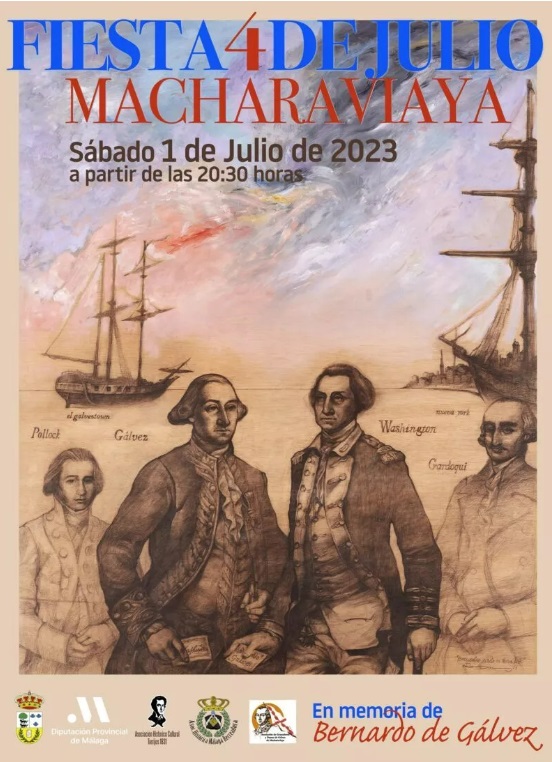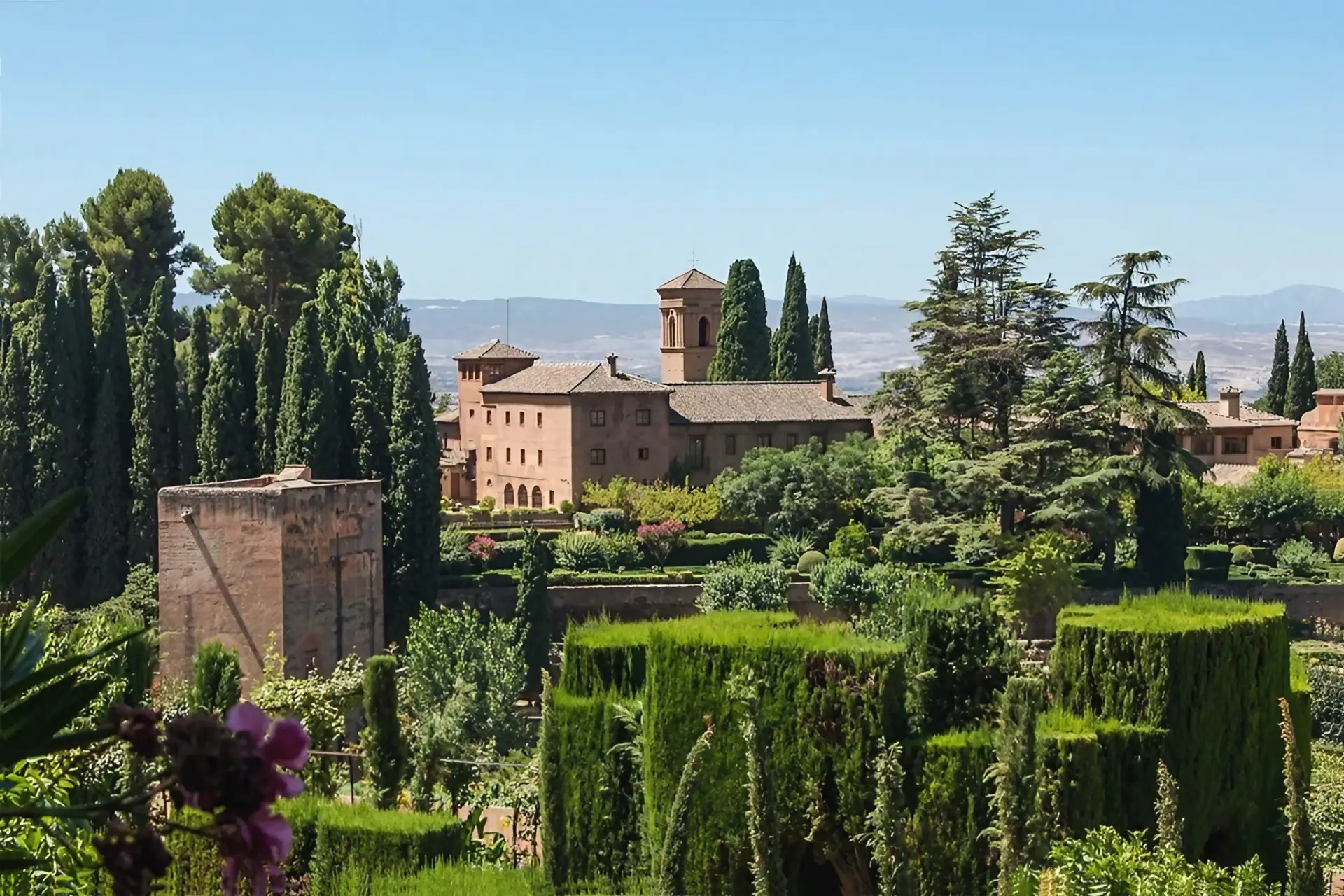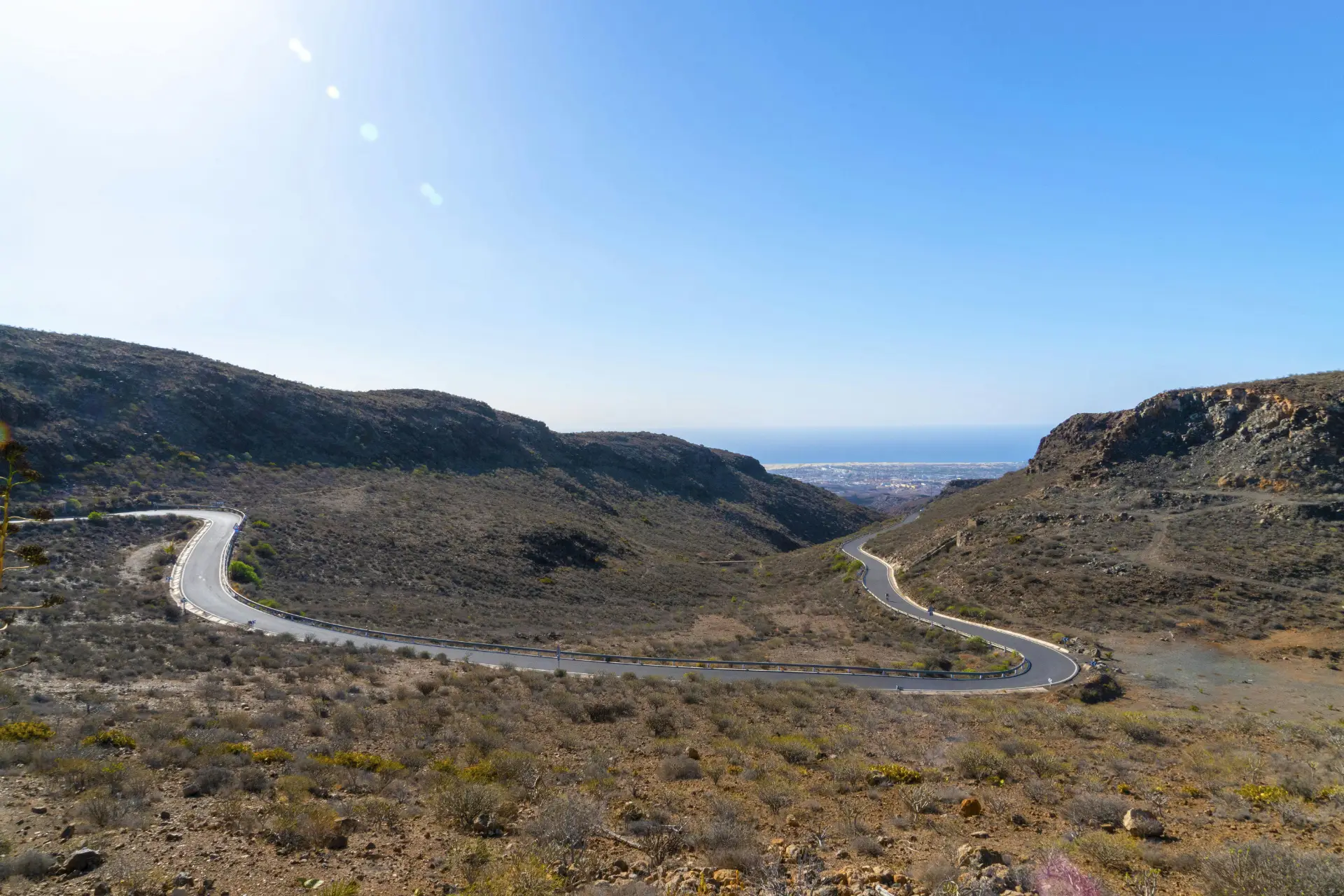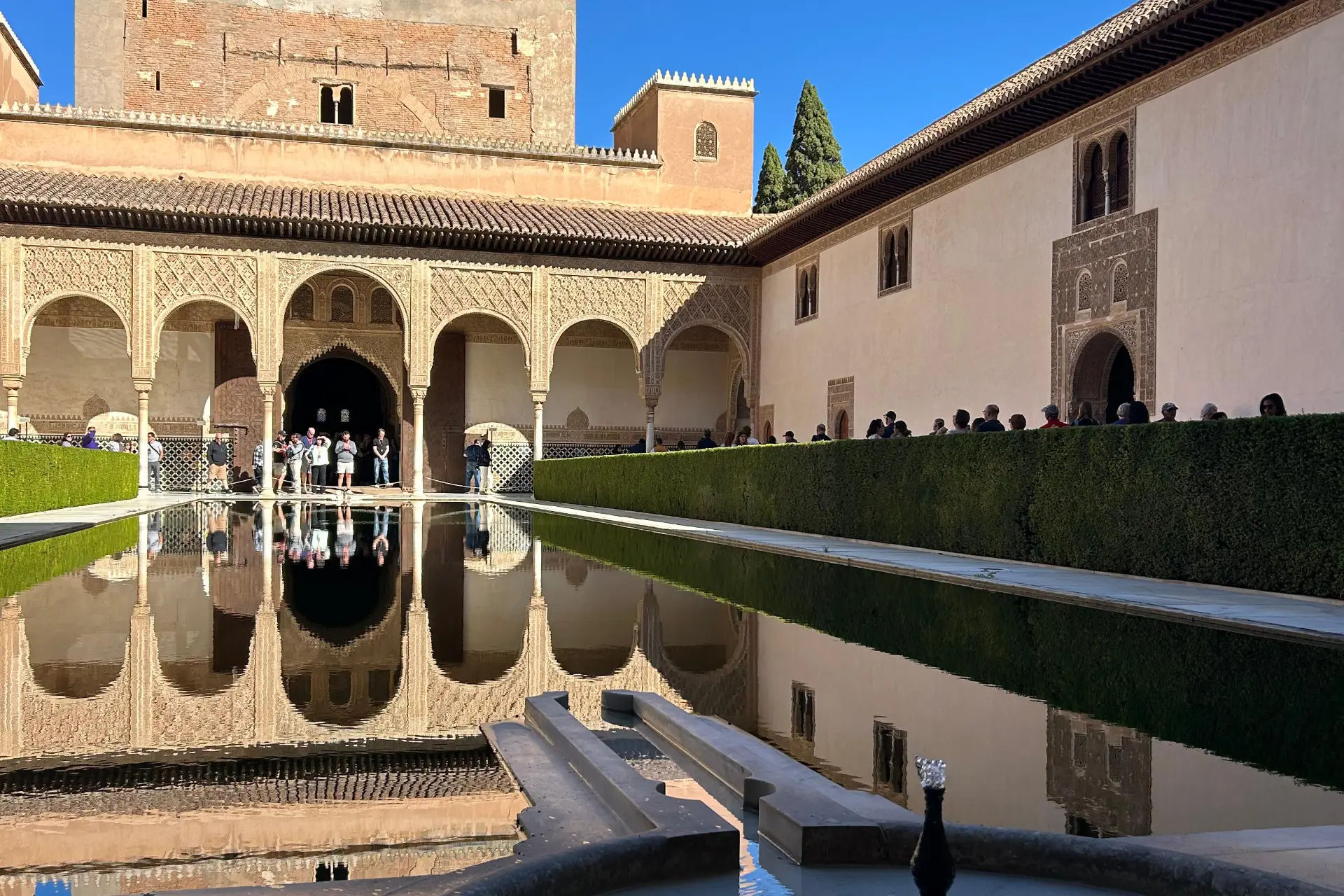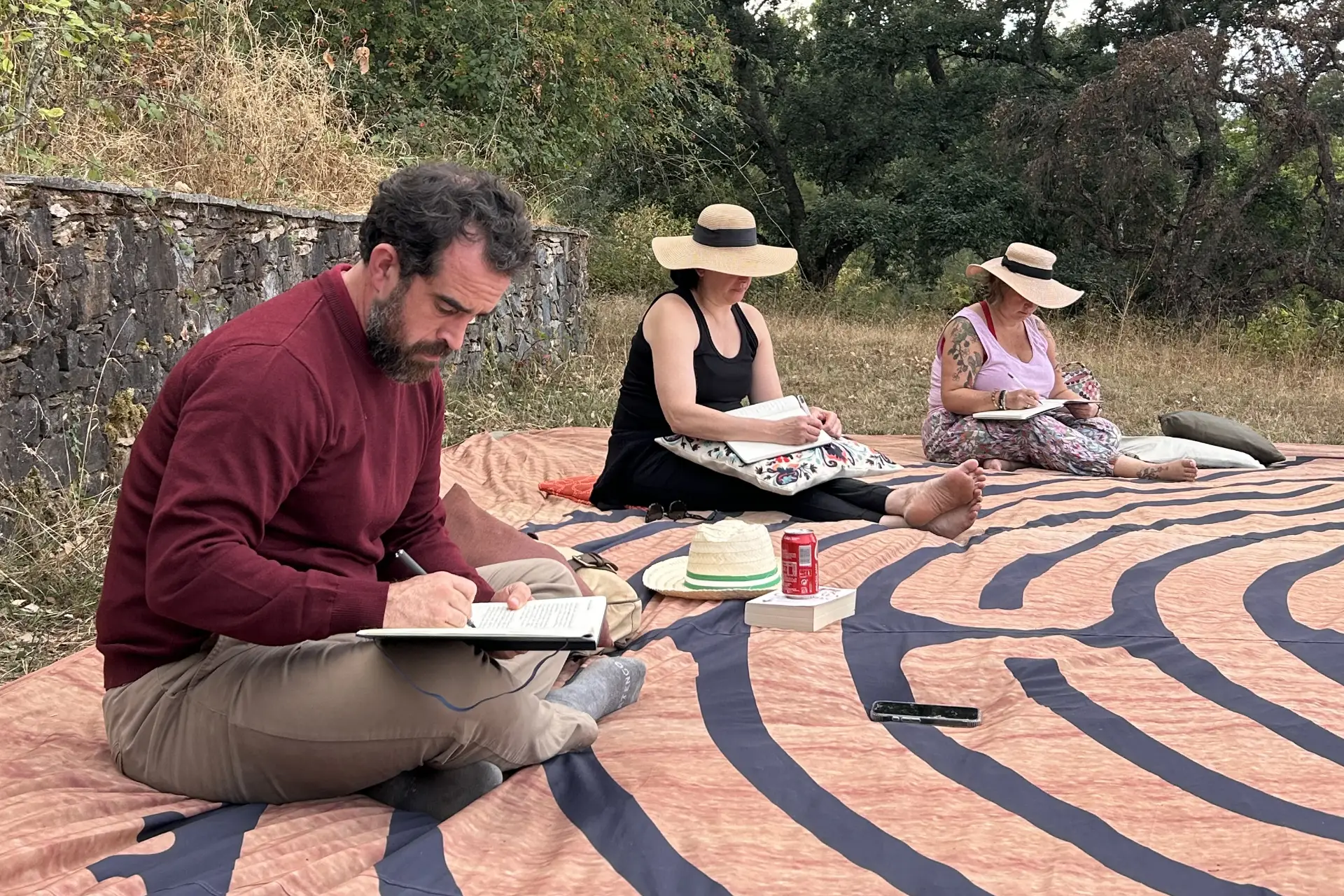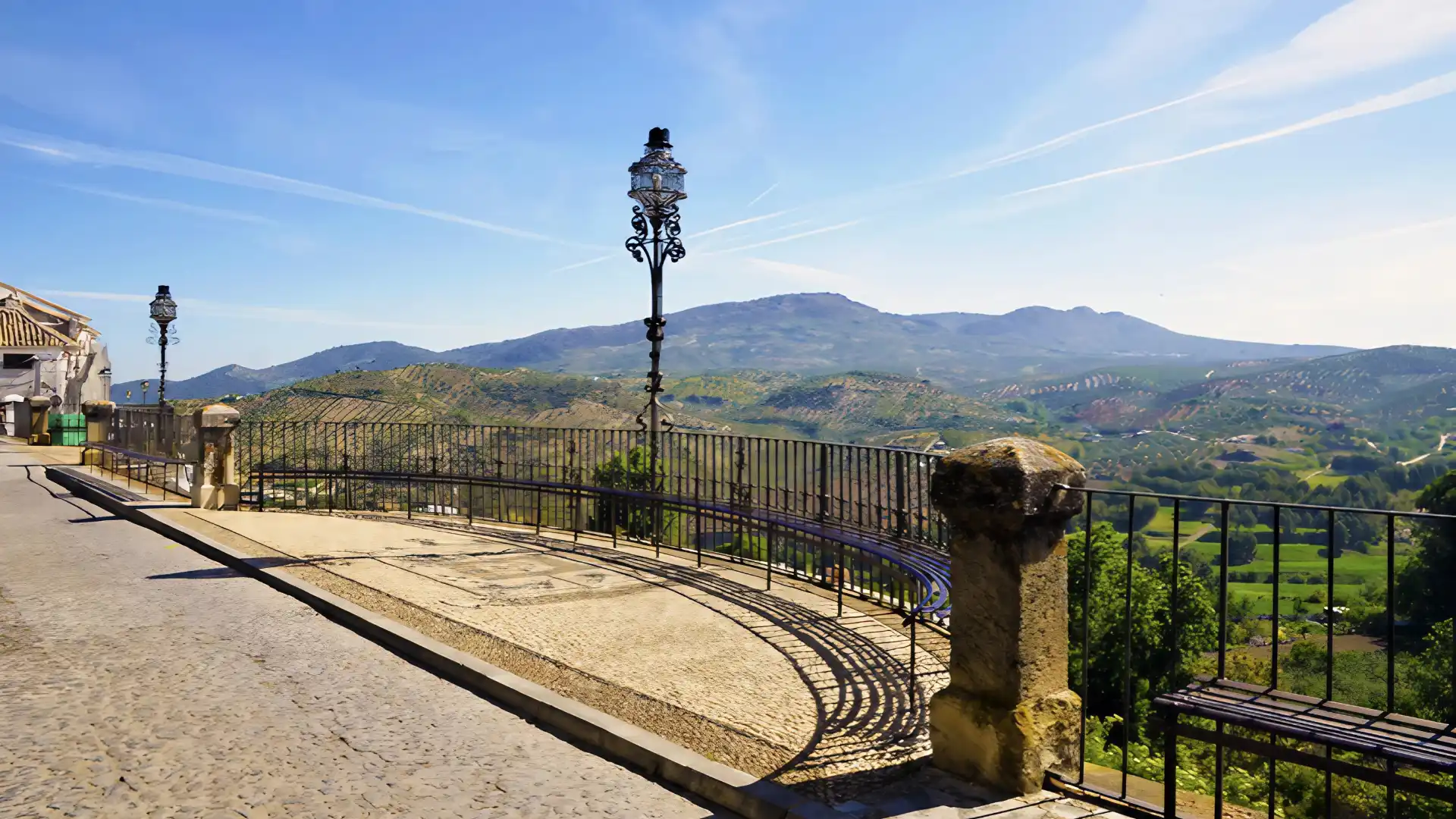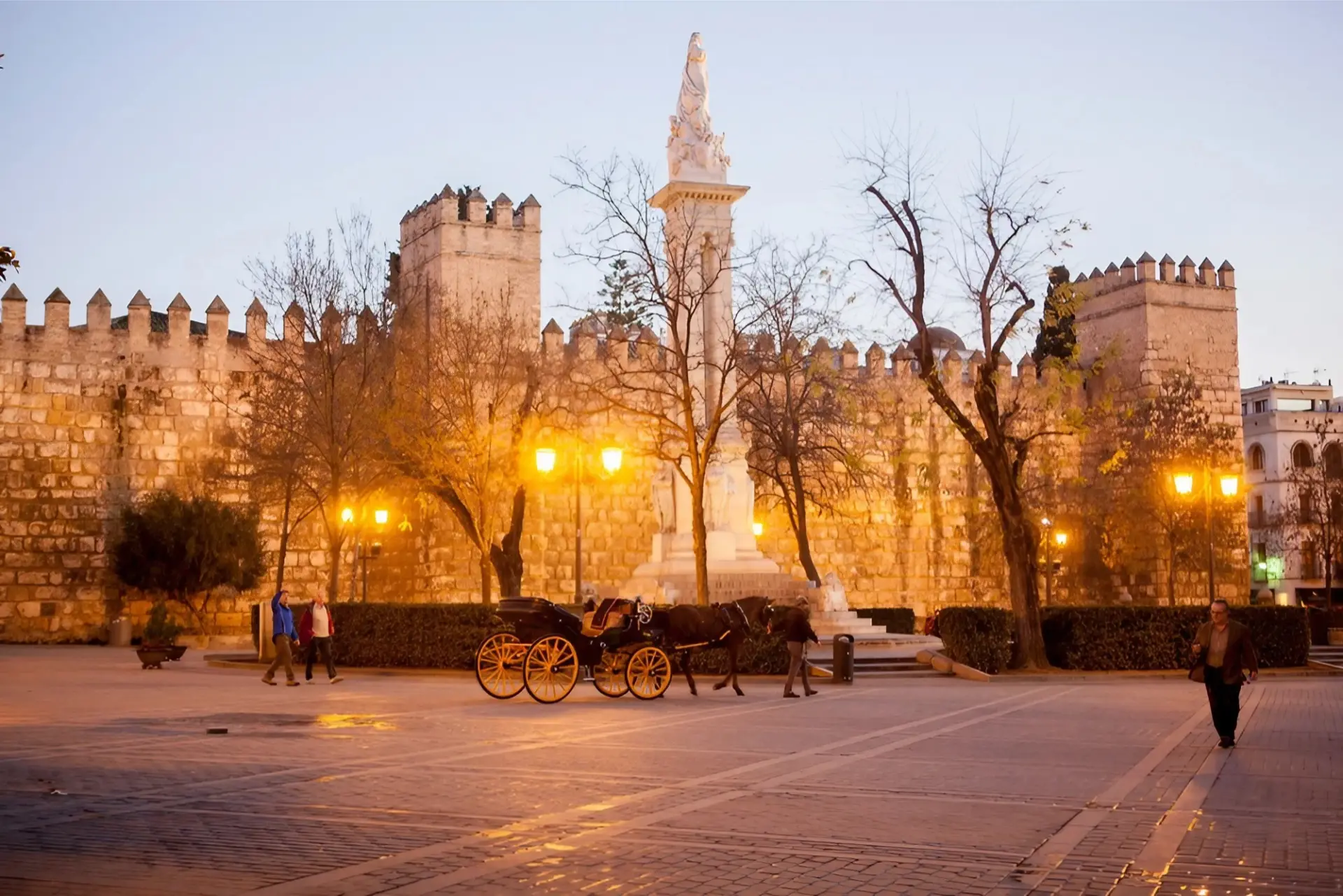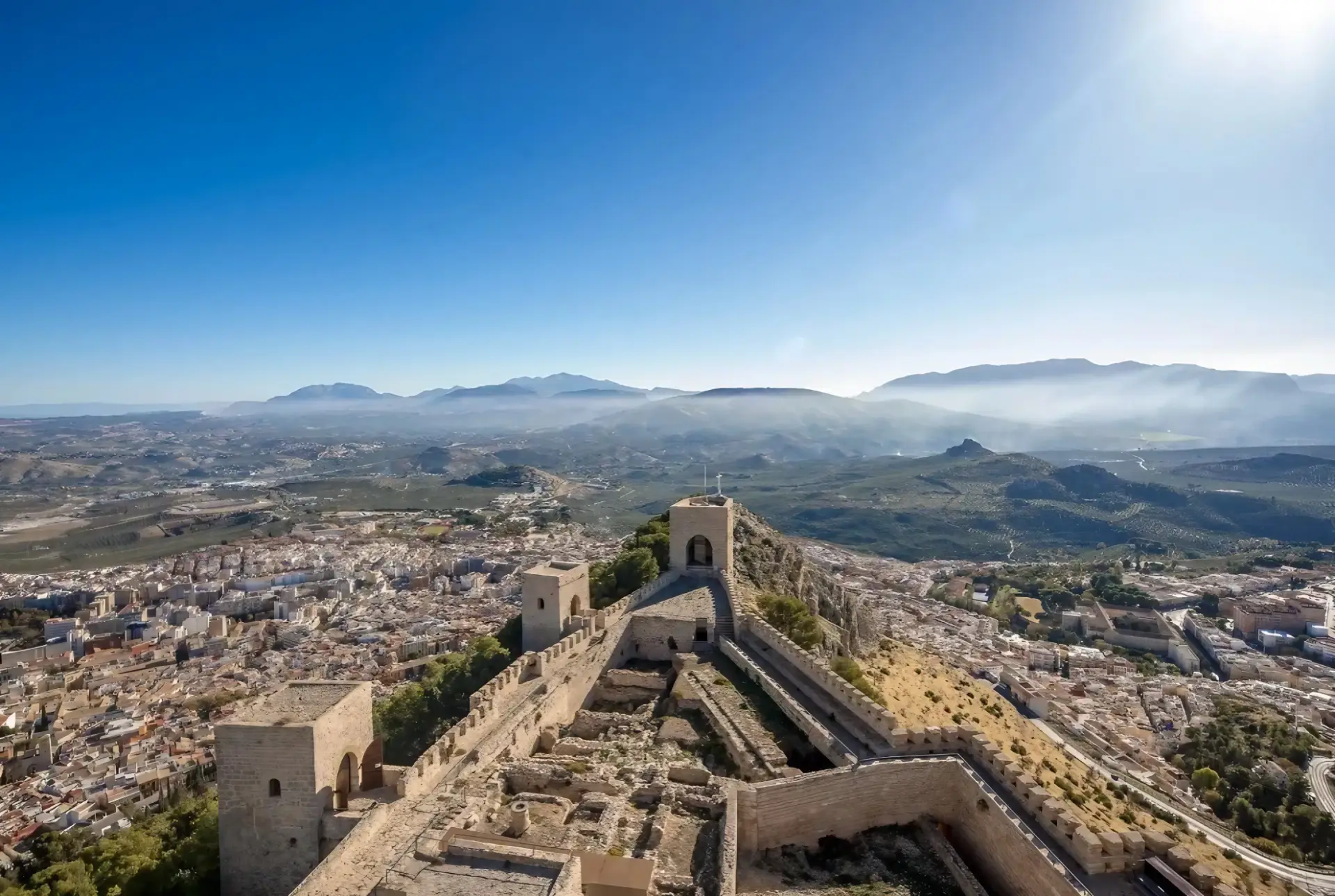Macharaviaya:
To the east of Malaga, in the mountains above the sea, is a small pueblo which has contributed to one of history’s greatest moments.
On the Saturday nearest to July 4th, Macharaviaya transforms from a tranquil white village to a battle in the American War of Independence. Locals dress in period costume and they reenact scenes from the Siege of Pensacola.
As you enter the village, there is a statue in the centre of a small roundabout and the gentlemen is pointing west towards America. He is Bernardo de Gálvez and became a governor of Louisiana and one of only eight US honorary citizens.
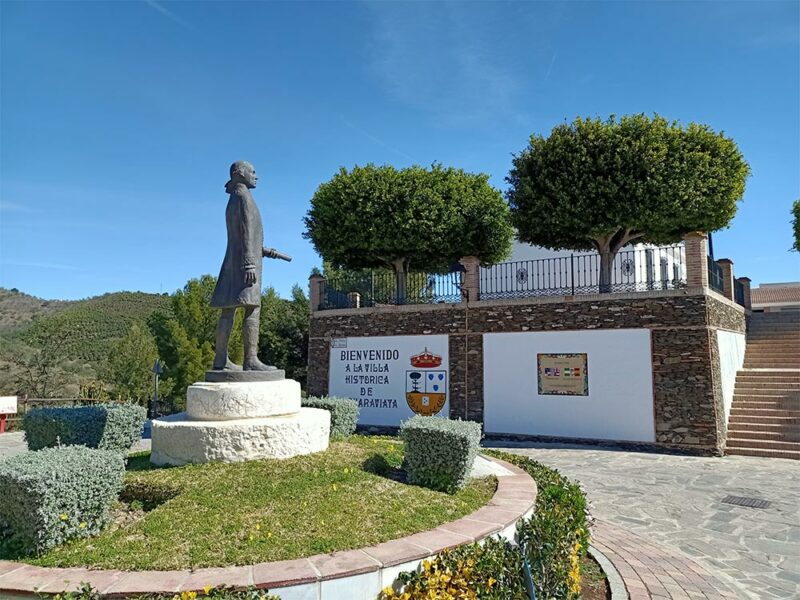
Who was Gálvez?
Bernardo de Gálvez y Madrid was also Viscount of Galveston and Count of Gálvez. Born in Macharaviaya on 23rd July 1746, he was a Spanish military leader and became colonial administrator who served as colonial governor of Louisiana and Cuba. He was also later the Viceroy of New Spain.
Gálvez’s greatest military achievement was his contribution to the American Thirteen Colonies in their quest for independence against Britain. He defeated the British at the Siege of Pensacola (1781) and reconquered Florida for Spain.
During his administration two calamities occurred: the freeze of September 1785, which led to famine in 1786, and a typhus epidemic that killed 300,000 people the same year. During the famine, Gálvez donated 12,000 pesos of his inheritance and 100,000 pesos he raised from other sources to buy maize and beans for the people.
He died aged only 40 years, from typhus in Mexico.
Gálvez lives on with numerous places in the south of the USA named after him: Galveston, Texas; Galveston Bay, Galveston County; Galvez, Louisiana, and St. Bernard Parish, Louisiana.
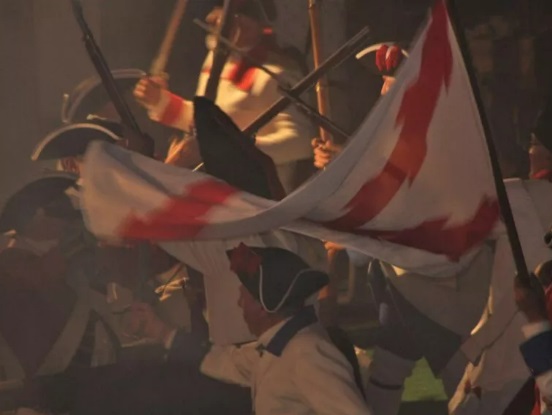
The Gálvez family make their mark
Bernardo was not the only Gálvez to make a mark in history. The first girl’s school in Spain was founded by Jose de Gálvez, four years before the next one opened in Madrid. Jose also built the church of San Jacinto, designed the shrine at the entrance to the village and instituted an agricultural bank.
Miguel de Gálvez was the first to export the sweet moscatel wine of Axarquía, which is rumoured to have been the favourite tipple of Russia’s Catherine the Great.
The Gálvez family also patronised the village card factory, which held the monopoly on the sale of playing cards in the American colonies.
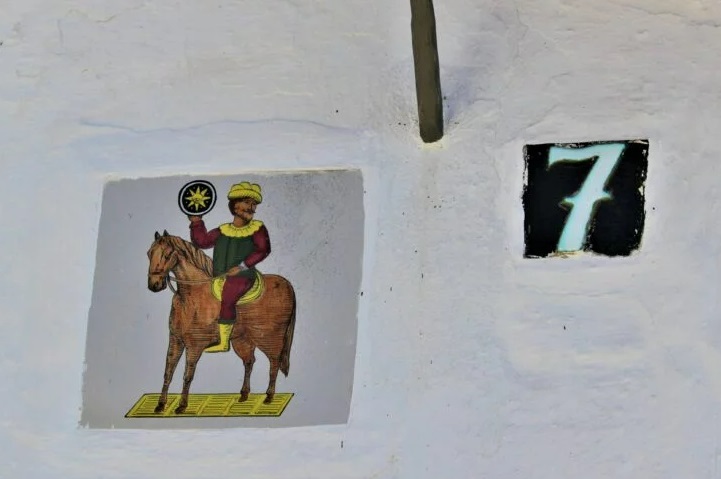
What to see in Macharaviaya
Macharaviaya, was founded in 1572. It is thought the name derives from the Andalus Arabic, Machar Ibn Yahya, meaning the court of Yahya. It sits on the side of a hill some 235 metres above sea-level.
Agriculture generated income for the village until the card factory opened. Subsequently, the inhabitants returned to agriculture. Now, it is home to a selection of artists and writers, as well as farmers.
The Museo de los Gálvez provides a 3D animated talk available in several languages, as well as articles from the village’s history.
The St Jacinto church is grandiose considering the size of the village. It is often used for music and poetry recitals as well as worship.
The adjoining hamlet of Benaque has a church with a tower which was originally a mosque’s minaret, whilst inside you can enjoy frescoes dating from the sixteenth century.
Stop off for a drink and tapas at Taberna El Candil, which displays the history of the village as well as many agricultural tools.
